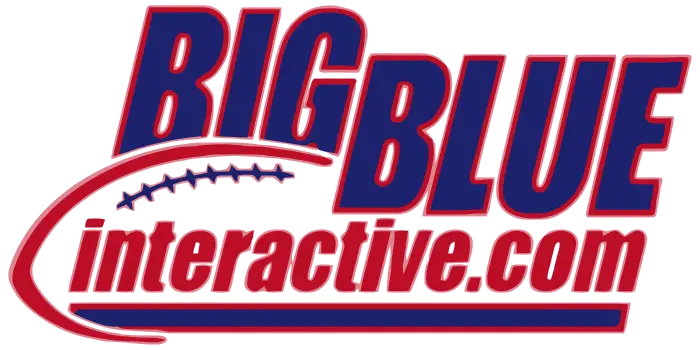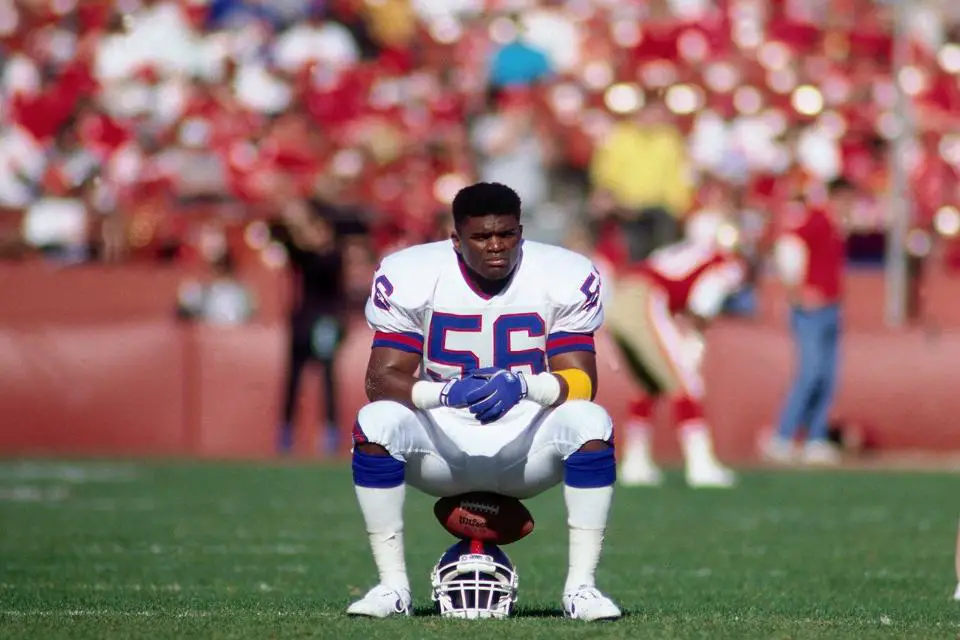
by Larry Schmitt | Sep 1, 2023 | Articles, New York Giants History
Through their first ninety-nine seasons, the New York Football Giants have participated in some of the most famous games in professional football history: “The Sneakers Game” in 1934, “The Greatest Game Ever Played” in 1958, and the 2007 Giants upsetting the 18-0 New...
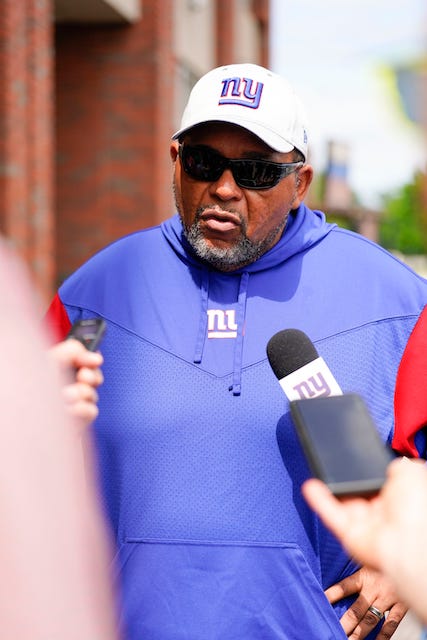
by Eric Kennedy | Jun 13, 2023 | Articles, Training Camp
JUNE 13, 2023 NEW YORK GIANTS MINI-CAMP REPORT… The first day of the New York Giants 2-day, mandatory mini-camp was held on Tuesday at Quest Diagnostics Training Center in East Rutherford, New Jersey. No live contact is permitted during the mini-camp, but...
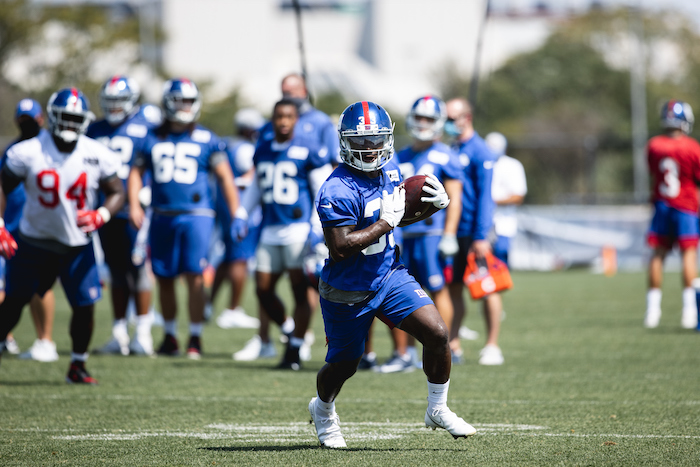
by Eric Kennedy | Aug 23, 2020 | News and Notes
[contentblock id=1 img=html.png] AUGUST 23, 2020 NEW YORK GIANTS TRAINING CAMP MEDIA PRACTICE NOTES… Some snippets from various media and team sources: Light practice today in helmets and shorts. It was more of a fast-paced walk-through. The Giants provided a...
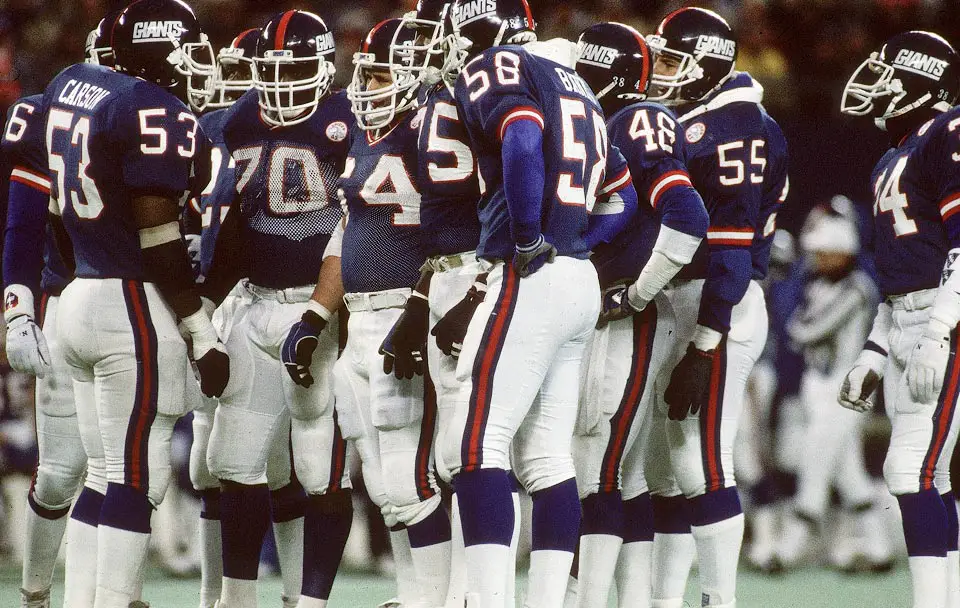
by Larry Schmitt | Jan 25, 2017 | Articles, New York Giants History
Ghosts come in a variety of forms. By the early 1980’s, the New York Football Giants had been haunted by a cavalcade of specters for over two decades. They were known as Frank Gifford, Sam Huff and Charlie Conerly – echoes from the glorious Golden Age – memories of...
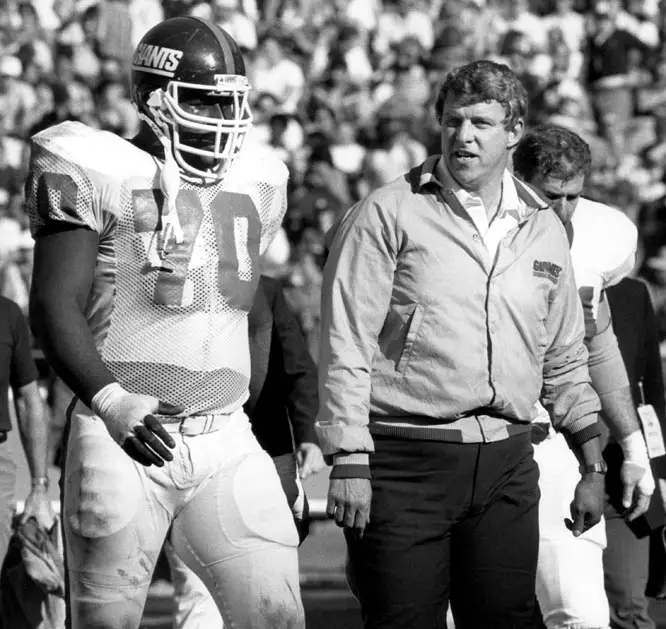
by Larry Schmitt | Nov 17, 2016 | Articles, New York Giants History
By Larry Schmitt, with contributions from Matt Michelman The day after the close of the 1978 season, and 29 days after The Fumble, December 18, 1978, John McVay was released as head coach of the New York Giants and Andy Robustelli resigned as director of football...






